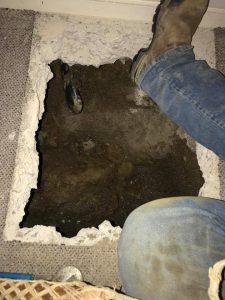Need to Replace BlueMax?
Home |
What is Bluemax and why is it bad? Blue polyethylene (later replaced with a similarly faulty product called BlueMax) is a type of plastic water pipe designed to be a cheap alternative to copper plumbing. It was until homeowners started experiencing high water bills and pools of water in their yards. It was then that…
Read MoreBook An
Appointment
Categories

